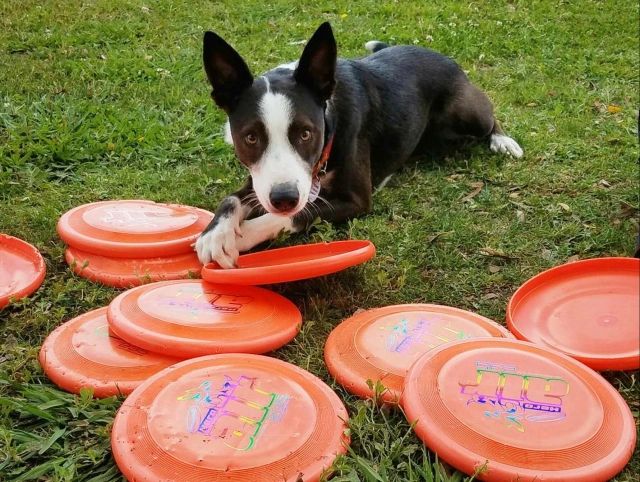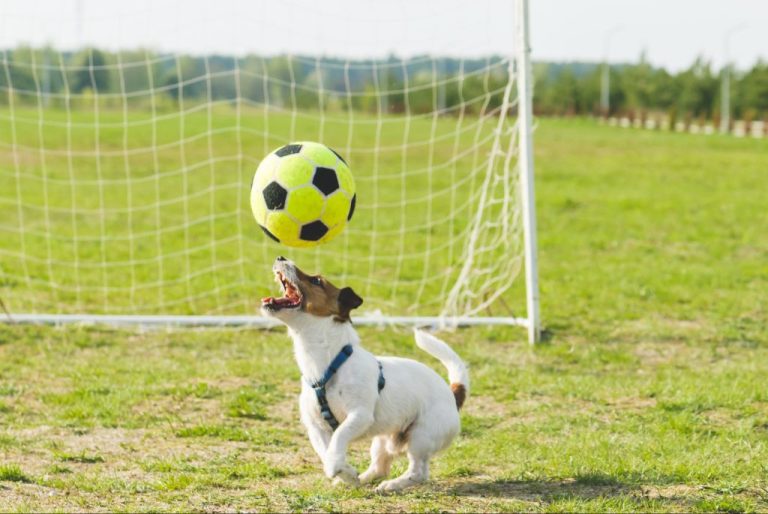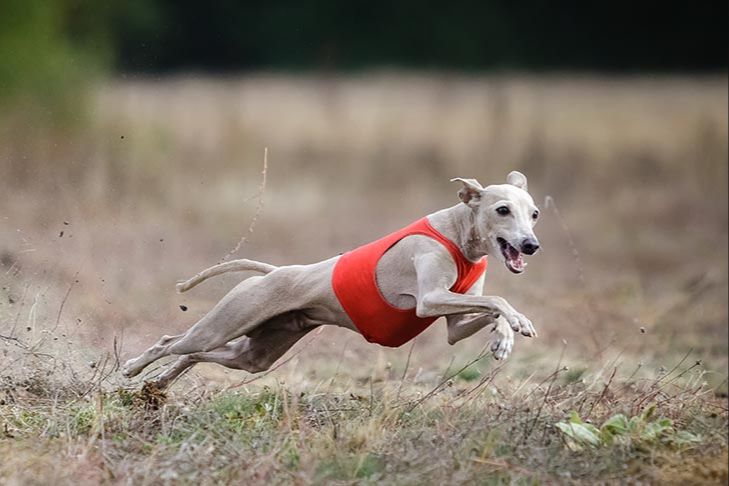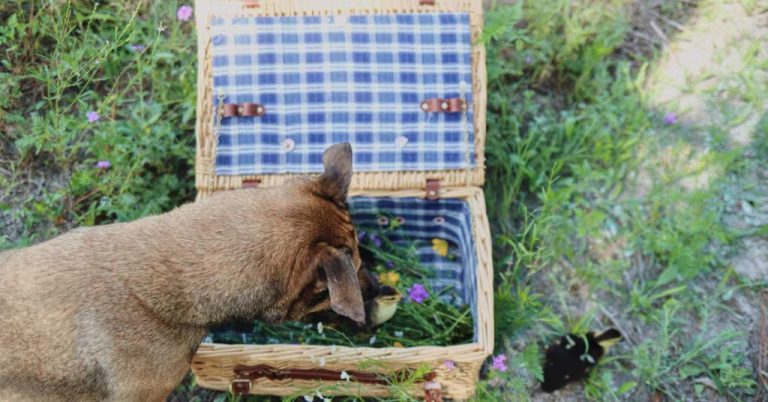Fetch Variations: Spice Up Your Dog’S Playtime!
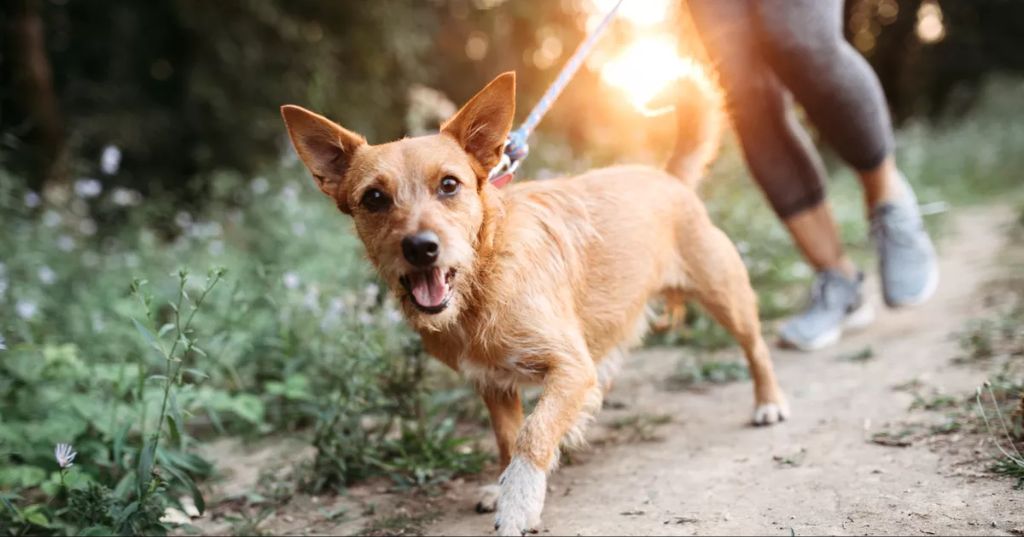
Fetch is one of the most popular games that dog owners play with their pets. More than just a fun activity, playing fetch offers many benefits for a dog’s physical and mental health. The repetitive motion of chasing after a toy and bringing it back helps dogs get the exercise they need to stay fit and burn excess energy. The game also provides mental stimulation as dogs focus their attention on finding and retrieving the toy. Additionally, fetch strengthens the bond between owner and dog through positive playtime interactions.
In this article, we’ll explore creative ways to spice up the classic game of fetch to provide even greater physical and mental enrichment for your dog. By varying locations, adding obstacles, trying new toys, and incorporating fetch games, you can turn an everyday activity into an exciting challenge that your dog will love.
Basic Fetch Tips
There are a few simple tricks that can help you teach your dog to play fetch even better. First, it’s important to choose the right toy. Select a toy that your dog is motivated to chase – often tennis balls, soft squeezy balls, or frisbees work well. The size should be appropriate for your dog’s mouth so they can pick it up and carry it comfortably. Avoid toys that are too small and could present a choking hazard.
When throwing the toy, according to AKC, make sure to throw it at least 10-20 feet so your dog has time to see where it lands. Use an overhand throwing motion and be consistent with the direction you throw. This helps your dog learn to anticipate where the toy will go. Always praise and reward with treats when your dog fetches the toy.
To actually teach fetching according to the Preventive Vet, start by showing your dog the toy and encouraging them to touch it in your hand. Click and reward each time they touch it. Slowly begin tossing it short distances and asking them to fetch, continuing to reward each successful attempt.
Vary the Location
One easy way to add variety and mental stimulation to your dog’s fetch routine is by changing up the location where you play. Dogs love exploring new environments and will appreciate the chance to fetch in different indoor and outdoor spaces. Try playing fetch at a park, field, or trail your dog hasn’t visited before. Or, if you frequently play fetch in your backyard, move the game inside to a hallway or large room in your home. Switching between indoor and outdoor areas throughout the week will keep your dog engaged and excited for fetch time.
Playing fetch in new environments also exposes your dog to different terrain, sights, sounds, and smells, providing enriching mental stimulation. At an unfamiliar park, your dog will need to navigate new obstacles while chasing after the toy. Indoors, they’ll adapt their play style to the tighter space. Exposing your dog to varying locations encourages problem-solving, adaptability, and other cognitive skills. Just be sure to abide by leash laws and pick up any waste when playing fetch in public areas. With a little planning, varying the fetch location can provide a rewarding mental workout along with the physical exercise.
Add Obstacles
Adding obstacles to your backyard or local park is a great way to spice up your game of fetch and provide your dog with more of a challenge. Some ideas for DIY obstacles include:
- Weave through cones – Set up a line of cones or poles and have your dog weave back and forth through them before bringing the ball back. This helps improve agility and coordination (Dog Agility Course).
- Go up/down stairs – Let your dog run up and down a few steps to get the ball. Just be careful not to overdo it on puppies or older dogs (How to Exercise with Your Dog: 5 Ways to Play).
- Jump over objects – Place low platforms, boxes, or logs for your dog to jump over before picking up the ball. Start low and gradually increase height as your dog’s skills improve (Best Dog Agility Equipment).
Adjust any DIY obstacles to your dog’s size and ability level. Proper conditioning will allow you to increase the challenge over time. But go easy at first to avoid injury. With some creativity, you can construct fun obstacles using everyday household items.
Try Different Toys
Dogs love variety when it comes to fetch toys. Trying out different types of toys can make the game more interesting and mentally stimulating for your pup. Here are some top options for fetch toys to spice up playtime:
Balls: Balls are a classic fetch toy that most dogs love. Tennis balls, rubber balls, and soft fabric balls are common options. Make sure to select a size appropriate for your dog’s mouth to prevent choking hazards. Balls are easy to throw far distances and bounce unpredictably for added fun. Just be aware that balls can get slimy with slobber over time.[https://www.petmate.com/13-best-fetch-toys-for-fetch-loving-dogs/article/b10006]
Frisbees: Frisbees are ideal for playing fetch outdoors and allow for long distance throws. They fly smoothly and have a predictable glide pattern. Choose soft rubber options instead of hard plastic to prevent mouth injuries. Be aware frisbees can get damaged if chewed extensively.[https://caitec.com/collections/fetch-toys]
Ropes: Rope toys are great for playing tug-of-war along with fetch. Many dogs will grip and shake rope toys as part of the game. Opt for strong cotton or nylon materials over weaker ropes that can shred. Supervise to prevent ingesting loose strands.[https://www.chewy.com/b/fetch-toys-317]
Plush Toys: Plush or stuffed toys allow dogs to satisfy their prey drive by shaking and squeaking their “prey.” Ensure the toy is large enough not to be a choking risk and that it has strong stitching. Remove the toy once it starts to rip or unravel.[https://www.petmate.com/13-best-fetch-toys-for-fetch-loving-dogs/article/b10006]
Play Fetch Games
There are lots of fun variations on traditional fetch that you can play with your dog. Here are some fetch game ideas to spice up playtime:
Hide and Seek: Have your dog sit and stay while you go hide a toy somewhere in the yard or house. Then release your dog to go find the hidden toy. This is a great game for working their nose and hunting instincts. Start with easy hides and increase the difficulty over time. You can also reverse roles and have your dog wait while you go find a hidden toy.
Two Toy Fetch: Alternate throwing two different toys, either back and forth or one after another. This keeps your dog engaged since they don’t know which toy is coming next. You can use toys with different shapes, textures, or scents to make it more interesting. Just be sure your dog reliably drops toys before throwing the next one.
Fetch Races: Designate a start and finish line. Have two people stand at each line with a dog and toy. Take turns throwing the toy towards the opposite person, with your dogs racing to retrieve it. The first dog to cross their finish line with the toy wins! This is a fun way to get your dog running and burning energy.
For more fetch game ideas check out this article.
Increase Distance
As your dog gets better at fetching, you can start to increase the distance of your throws. Start by taking just a few steps back from your original throwing spot. Keep rewarding your dog for successful returns. Gradually increase the distance over multiple sessions until you can throw the length of a room or yard.
Work up to longer throws across a field or park. Let your dog watch the toy as it arcs through the air so they can track where it lands. Use an enthusiastic tone when you throw so your dog gets excited to chase after it. Consider toys that are bright and easy to spot in grass. Extending the distance makes fetch more physically tiring and mentally stimulating for your dog.
According to advice from Preventive Vet, “After that, it’s all about rewarding them for bringing it back to you and slowly increasing the distance you throw the fetch toy. Start with short distances and work your way up” (source). With patience and practice, you can work up to longer fetch sessions that really wear your dog out.
Add Challenges to Fetch
Fetch can become more interesting and stimulating for your dog when you add challenges that make them think and problem solve. Here are some ideas for challenging fetch variations:
Fetch from water – Throw a floating toy into a pool, lake, or other body of water and have your dog leap in to retrieve it. This adds an extra physical challenge. Start in shallow water and work up to deeper areas as your dog gets comfortable. Use toys that float well and avoid small balls that could get lodged in your dog’s throat.
Catch behind back – Stand with your back to your dog and throw the toy over your shoulder so your dog has to run around you to see where it lands. You can also try throwing the toy between your legs. This tests your dog’s agility and attention.
Mid-air catches – For very athletic dogs, try throwing the toy straight up in the air so your dog has to jump up and catch it at the peak of its arc. Start low and gradually increase the height as your dog’s skills improve. Use soft toys or rubber balls – do not attempt with hard plastic that could injure their mouth upon landing.
Increasing physical and mental challenges during fetch engages your dog’s natural abilities in a structured way. Start easy and build up your dog’s skills for an enriching playtime experience.
Mental Stimulation
Fetch is more than just physical exercise for dogs. It also provides important mental stimulation to keep their brains active and engaged. Some ways fetch can provide mental enrichment include incorporating scent work, naming toys, and training tricks.
Allowing your dog to use their powerful sense of smell during fetch adds a brain workout. Try rubbing different scents on toys, or hiding them around the yard for your dog to sniff out. Giving names to each fetch toy and asking your dog to find specific ones by name engages their memory and focus. You can also train your dog to perform simple tricks like twirling or jumping on cue when they bring the toy back. Mixing up these types of mental challenges prevents fetch from becoming boring and repetitive.
Mental exercise is just as important as physical activity for a dog’s health and happiness. According to experts, incorporating brain games into playtime provides cognitive benefits that satisfy your dog’s natural instincts to problem-solve and put their intelligence to work (https://dogpainrelief.com/benefits-of-playing-fetch-with-your-dog/). Fetch allows them to tap into their mental potential. Don’t underestimate the power of play to stimulate your dog’s mind!
Conclusion
To sum up, there are plenty of easy ways to spice up your dog’s playtime by varying how you play fetch together. While the classic game of fetch will always be fun, switching up locations, distances, toys, obstacles, and challenges will provide extra enrichment. Playing different fetch games also stimulates your dog mentally by incorporating new rules and tasks. Remember to start simple, provide encouragement, and adjust to your dog’s abilities. Most importantly, have fun bonding with your pup during this quality playtime! As you get creative with fetch variations, continue adding new tricks to keep your dog engaged. With an enriching and energetic fetch session, you can satisfy your furry friend while tiring them out for a good night’s rest.
Here are some final tips:
– Monitor your dog closely to avoid overexertion
– Take breaks for water and let them cool down
– End on a positive note after a successful fetch
– Keep challenging your dog at their own pace
– Make fetch sessions rewarding and exciting quality time

